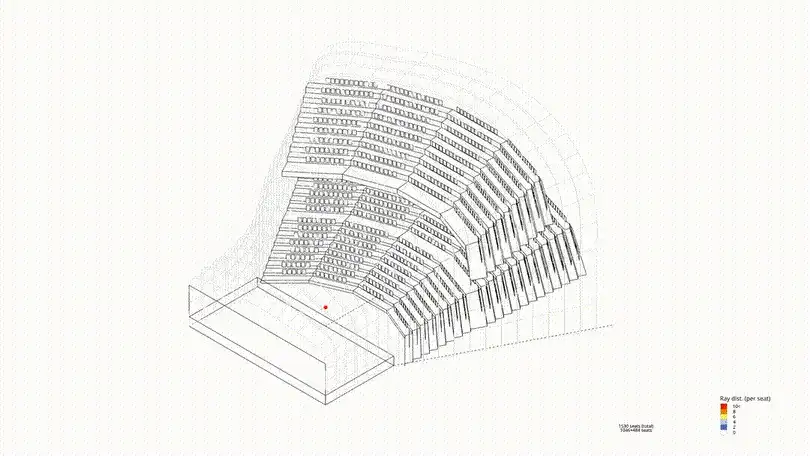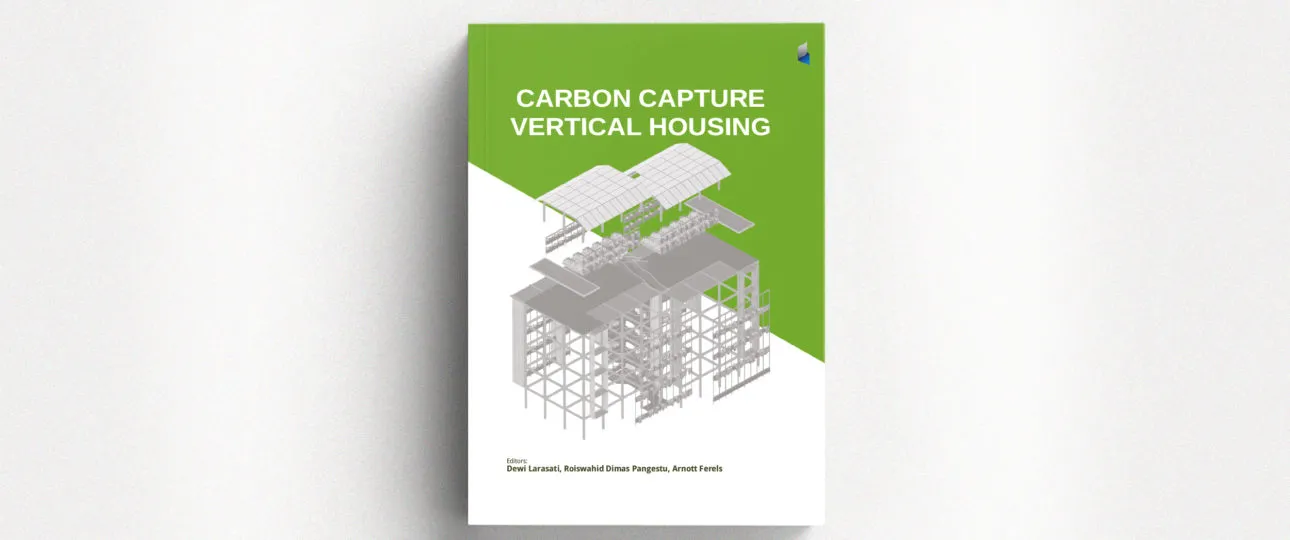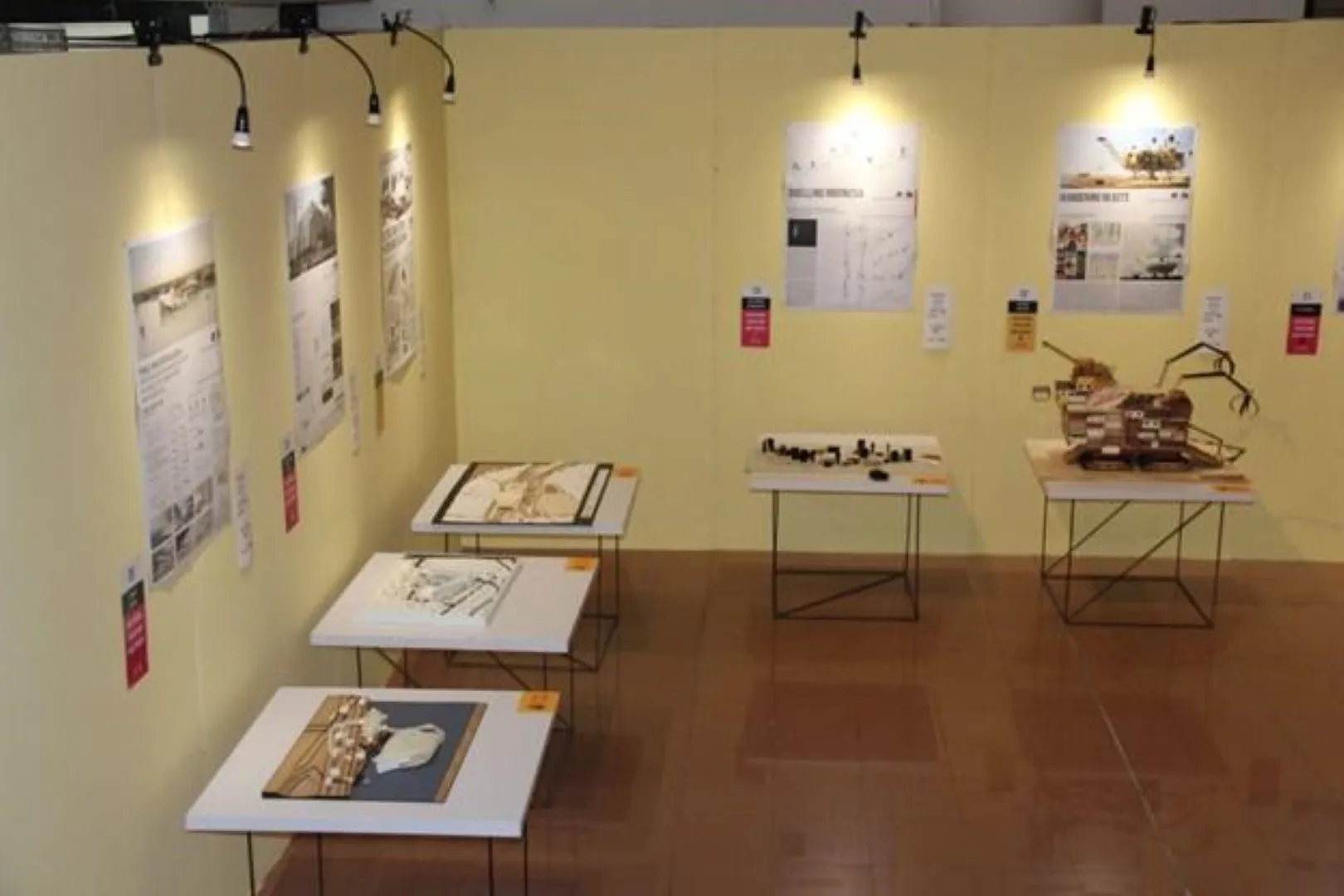New article published in IJAC
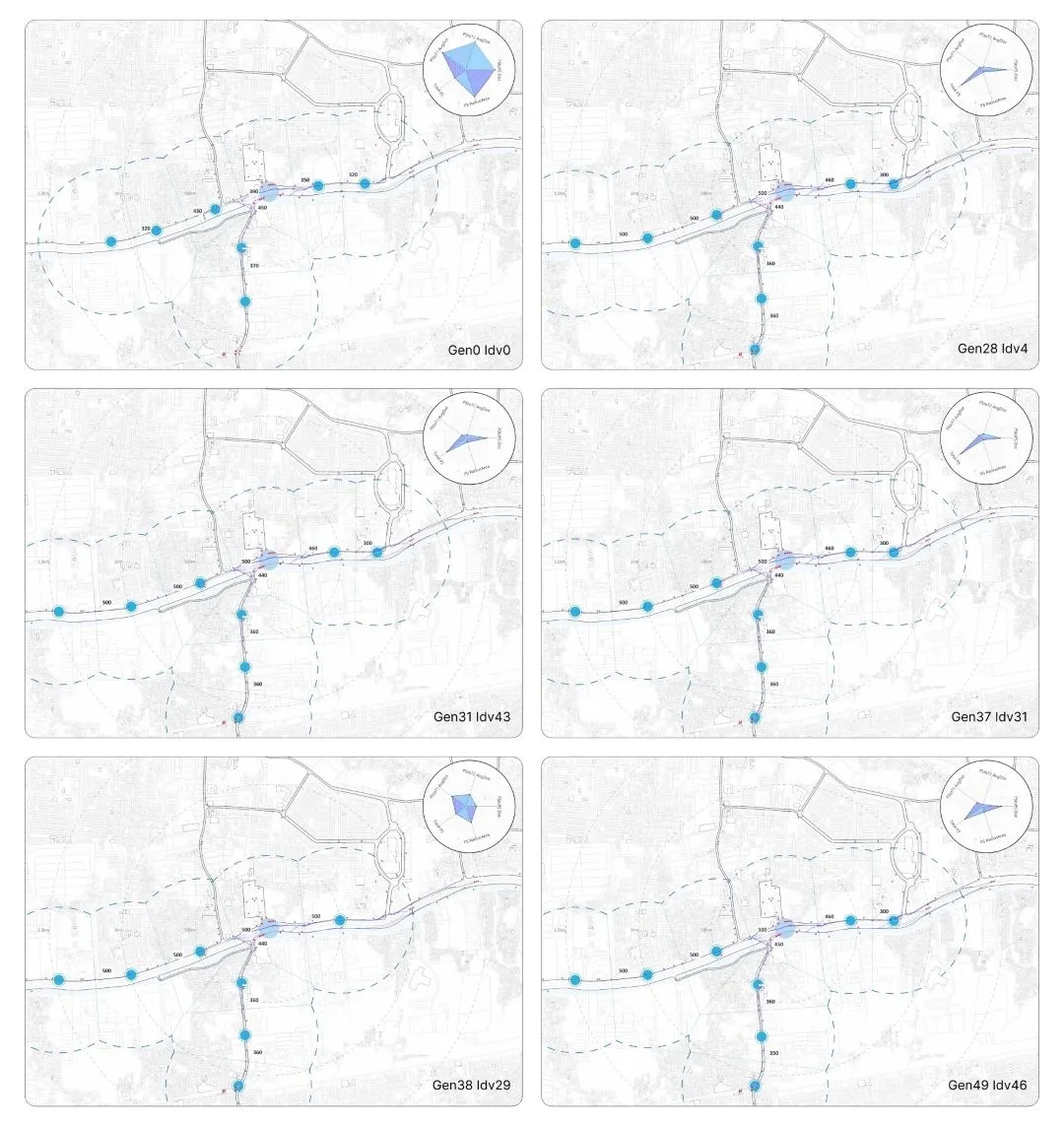
Hello everyone!
I’m excited to share that my latest research article is now published in the IJAC – International Journal of Architecture and Computing.
How to read the article#
Overview#
The research formulates the DML method, shown in Figure 1, and uses it to examine how to improve connections by considering factors like green spaces, public transport access, and overall accessibility. A case study demonstrates how the method can create more connected urban transit systems based on TOD objectives. The main goal is to offer a fresh perspective on improving walkability and transit, especially in transit-oriented areas (TOD).
To apply the DML method, I use a case study of Jakarta’s Kalideres transit area, marked by the down arrow symbol (↓) in Figure 2, chosen for its relevance to the challenges faced by developing cities.
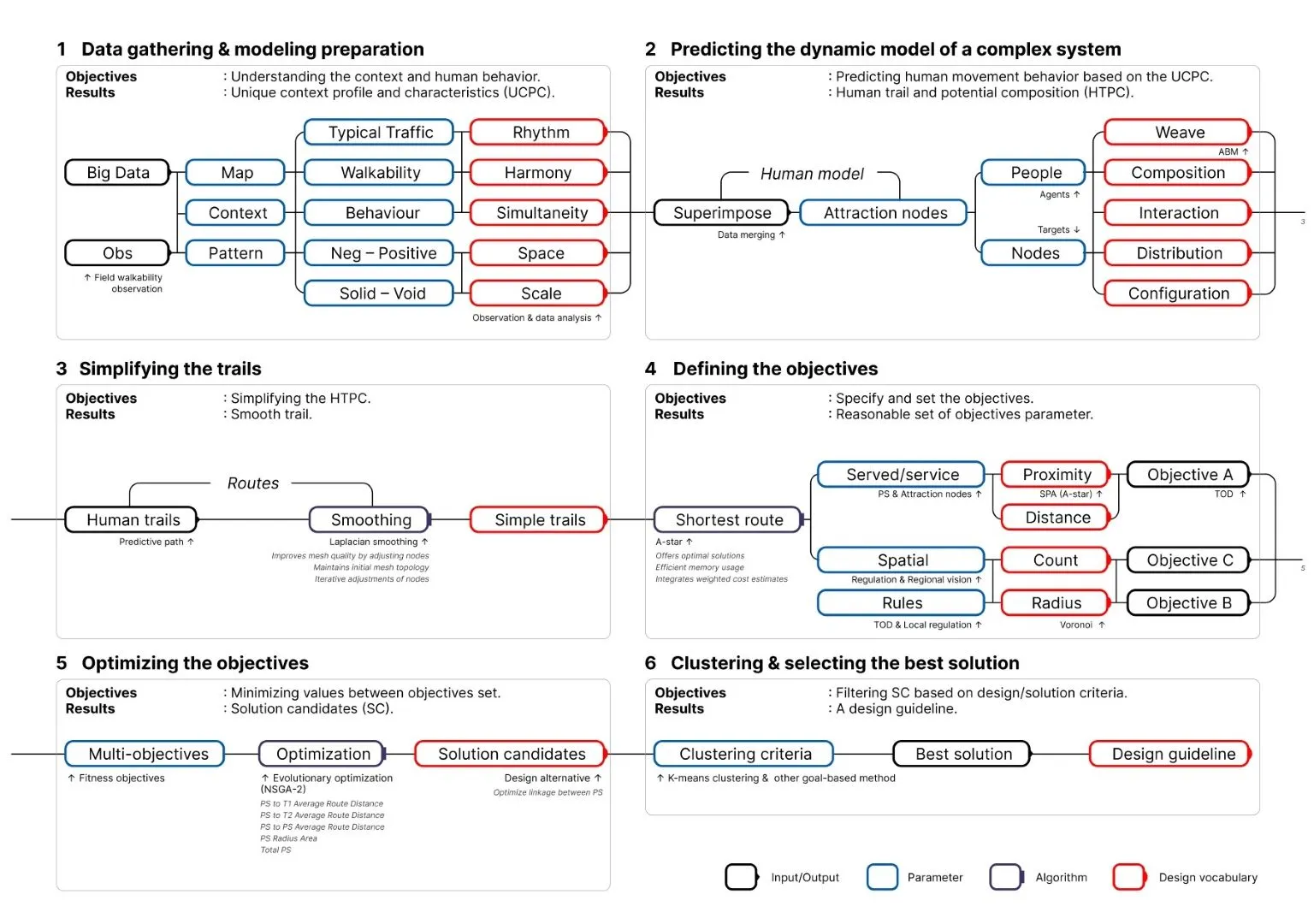
![Demand for TransJakarta buses, with daily passenger numbers of 8,632. Data from the Pedestrian Facility Design Guidelines DKI Jakarta 2017–2022 by ITDP [1].](/a/img/dynamic-multi-layer-walkability-model-for-transit-oriented-movement-fig-01-1540w.webp)
After running simulations and optimizations using the DML framework, which includes:
- Data gathering and agent-based modeling simulations,
- The shortest path algorithm for agent historical trails using the A-star algorithm,
- Geometric mesh and point simplification with Laplacian smoothing,
- NSGA-2 for multi-objective optimization to identify the best solutions among conflicting alternatives, and
- Clustering,
I found that walkability is critical and that the DML method can support TOD and sustainable development (see Figure 3). These findings align with current research on urban challenges and provide practical recommendations for cities facing similar issues. Improving walkability is a crucial step toward creating healthier, more livable cities.

Acknowledgments#
Thanks to my thesis supervisor, Aswin Indraprastha, for his insights and support.
Additional information#
- Have questions or want to discuss this topic? Feel free to contact me.
- How to read this article: Read it on the IJAC site, access it on my site here (green open access), or download the PDF.
- The playlist collection for each DML framework iteration of simulation/optimization is available in the YouTube playlist links referenced [2], [3], [4], [5].
- Further design implementation, as part of my MArch thesis, can be seen here.
- Check out more of my projects and research on my site.
References#
- Institute for Transportation and Development Policy. Panduan Desain Fasilitas Pejalan Kaki: DKI Jakarta 2017 – 2022. Institute for Transportation and Development Policy, https://itdp-indonesia.org/publication/panduan-desain-fasilitas-pejalan-kaki-dki-jakarta-2017-2022/ (2020, accessed 22 November 2022). ⌃
- Simplifying the Trails. In YouTube. Available from https://youtu.be/NKD823bFDhM ⌃
- Defining the Objectives. In YouTube. Available from https://youtu.be/DrelgFFXo6g ⌃
- Optimizing the Objectives. In YouTube. Available from https://youtu.be/7_Oj2FQFB4A ⌃
- 3D Walkthrough. In YouTube. Available from https://youtu.be/1Eei2f9kM_Y ⌃



